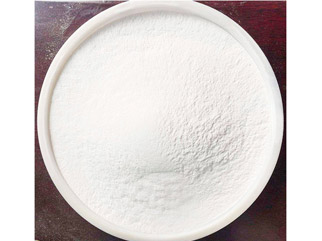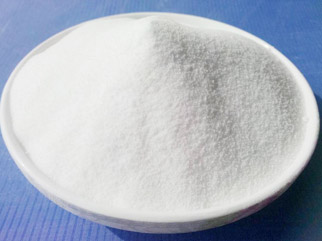For clinical applications, Parylene is the favored conformal finish material
as it is biocompatible, with a long-tested history and little danger of issues.
Parylene is one of couple of products authorized for FDA Class 6 requirements.
Plasma Ruggedized Solutions uses 3 different types of Parylene products:
Parylene C, Parylene D and Parylene N. Dimer N is the most typically use the
three in clinical applications.
Parylene N
Parylene N is comprised of carbons and also hydrogens and has a greater dielectric stamina than Parylene C. It additionally provides better gap infiltration as a result of its greater molecular task throughout deposition. For applications where visual assessment is critical such as connectors or 2nd assembly soldering locations, a UV tracer can be added to the dimer which will certainly enable the coating to be checked under a common UV light source. The addition of the UV tracer to the layer throughout application does not decrease the efficiency of the Parylene Layer as well as does not call for any type of extra handling during the application treatment.
Parylene C is the sibling item of Blue Glow ™ Parylene Dimer and also has the very same high performance and high purity attributes yet without the included UV tracer material. This thin-film solution produces a Parylene conformal finish that provides outstanding resistance against destructive gases, inorganic acids, water, salt spray, bases and also natural solvents. It is created for usage in severe settings and can be coupled with silicone or polyurethane to create an abrasion-resistant finish. Parylene C is economical as well as regularly used for various aerospace and also clinical applications.
Parylene D is included carbon and hydrogen with the addition of two chlorine groups to its benzene ring which are additionally para-substituted. It lugs properties that resemble Parylene C however is also able to hold up against heats. The dielectric strength of Parylene D is less than Parylene C or N yet it gives the exact same level of surface area resistivity.

